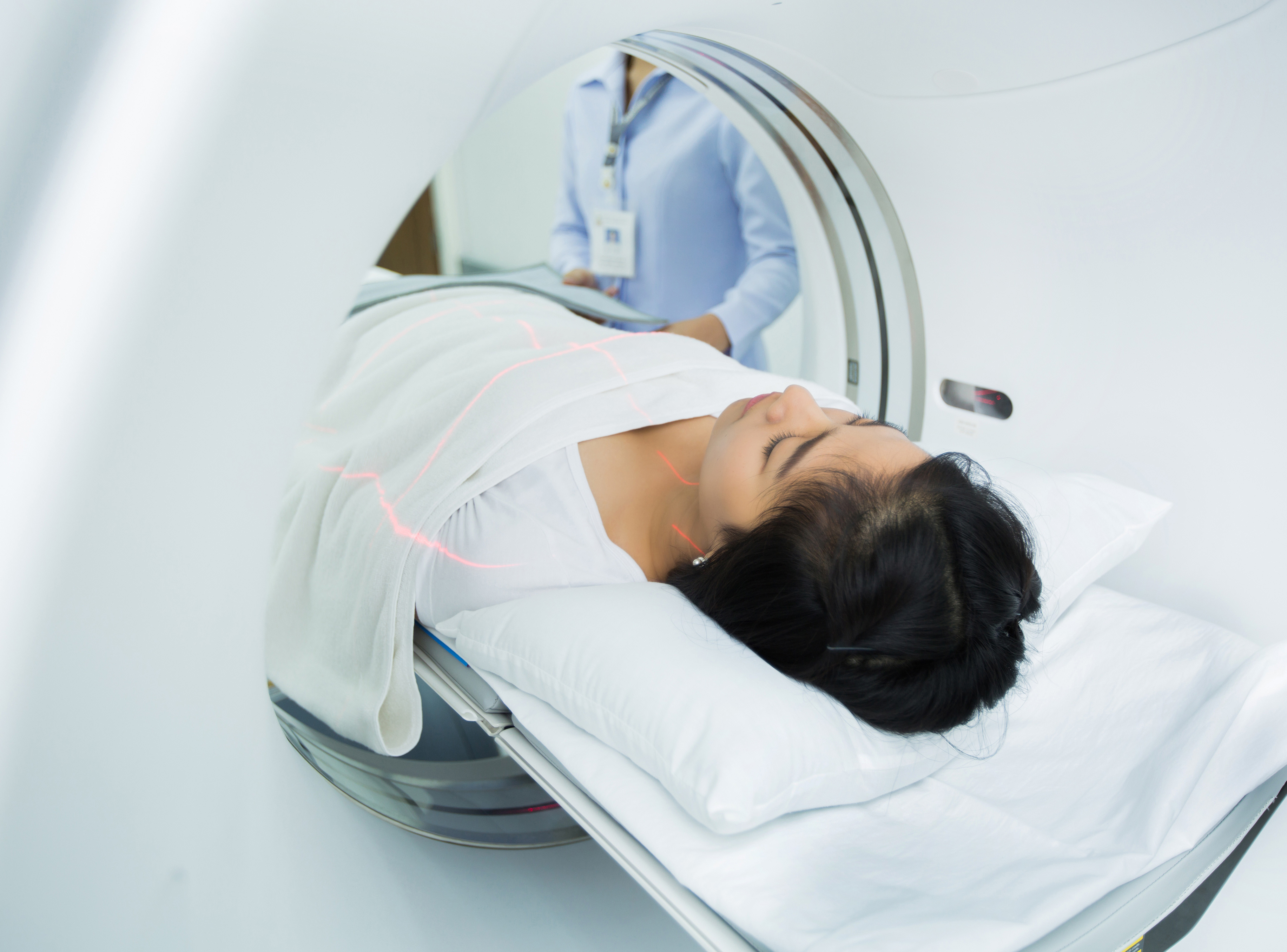 With nearly 80% of the world’s supply of iodinated contrast media produced in Shanghai, the Chinese government’s decision on March 31 to plunge the city into lockdown significantly disrupted global supplies of the imaging medium.
With nearly 80% of the world’s supply of iodinated contrast media produced in Shanghai, the Chinese government’s decision on March 31 to plunge the city into lockdown significantly disrupted global supplies of the imaging medium.
Among the 26 million people affected were workers from GE Healthcare’s primary manufacturing facility, initially bringing production of iohexol ICM to a grinding halt for two weeks.
According to a special report published in Radiology, by the Radiological Society of North America on May 19th, the facility had resumed operating at partial capacity, with approximately 1/3 of the workforce quarantined within the compound, resulting in some 25% production capacity.
GE Healthcare has since updated this estimate, sharing that the plant is currently at 50% capacity and is working with local authorities to allow more personnel on site.
The company informed the TGA that supply chain issues associated with the lockdown have also created delays in transport and distribution, resulting in an ability to meet just 20% of the global demand for iohexol.
GE Healthcare expects normal supply to resume in mid-June 2022.
Four companies supply global demand for ICM, including Bayer Corporation, Bracco Diagnostics, GE Healthcare and Guerbet LLC, however, two agents – iohexol and iopamidol – dominate more than 90% of the market.
Collectively, Bracco, Bayer and Guebert are unable to rapidly scale up production to meet the sudden demand for ICM, with Bayer and Guerbet only accounting for about 5% of current market share combined.
GE’s other manufacturing plant in Cork, Ireland, has expanded production capacity to operate at peak levels and similarly, factories in Germany and Switzerland have increased production of their IV contrast to help with the worldwide shortage.
The Royal Australian and New Zealand College of Radiologists (RANZCR) said it was liaising with the TGA to investigate alternative supplies of ICM to address the shortfall and in advice issued on May 23rd, the TGA recommended urgent conservation of stock until the shortage is resolved.
To help reduce the impact of this shortage, the TGA has also authorised the supply of an overseas-registered product by Guerbet, as well as considering other applications of overseas-registered products for supply under Section 19A of the Therapeutic Goods Act 1989.
RANZCR has worked closely with the TGA to develop general guidance to assist health professionals to conserve stock urgently and suggests considering strategies such as:
- Being judicious in the use of contrast for all modalities that use contrast
- Using non-contrast CT when acceptable
- Delaying non-urgent scans
- Where possible using other modalities such as MRI or nuclear medicine
- Coordinating between private practices and public hospitals to best serve patients in need of contrast CT scans.
Similarly, RANZCR has also endorsed the recommendations of the American College of Radiologists’ (ACR) Committee on Drugs and Contrast Media, that radiology practices and hospitals implement a range of strategies to conserve current supplies.
They emphasize that radiologists should not sacrifice diagnostic image quality by using suboptimal doses.
According to the RSNA’s special report, led by Dr Thomas Grist from the Department of Radiology at the University of Wisconsin, in the longer term, institutions may seek to diversify their ICM supplies and use alternatives for oral, rectal, and genitourinary administration.
Dr Grist and colleagues recommend that Barium as an alternative oral ICM for CT abdomen and pelvis examination, and Sorbitol-mannitol-xanthan gum or diatrizoate meglumine as considerations for oral ICM administration.
“Diatrizoate meglumine can also be used for fluoroscopy exams and for rectal administration,” Dr Grist stated, adding that in specific circumstances, some studies have suggested use of gadolinium contrast for certain fluoroscopic imaging.
“CO2 angiography has been used for patients with contraindications to ICM, including in renal disease or severe allergies and can be a consideration during the current crisis,” he said.
“Alternative agents, iothalamate meglumine or diatrizoate meglumine, can be considered for genitourinary imaging, including cystography, retrograde ureterography, and for percutaneous renal access and nephrostomy procedures, gadolinium contrast or CO2 injection can be considered.”
Dr Grist points out that early in the COVID pandemic in 2020, hospitals were faced with shortages of basic items like sterile gloves, hospital gowns and masks…
“Radiology departments are familiar with crisis management after more than two years of clinical and operational disruptions associated with the COVID‐19 pandemic,” he said.
“Despite that experience, no large institutions or companies expressed clear concern about the supply of intravenous ICM only a few months ago.”
“Perhaps we should have been aware of the impossible becoming possible. The radiology and hospital community should take this lesson as a wake-up call to adapt our supply chain to prevent similar emergencies in the future.”

